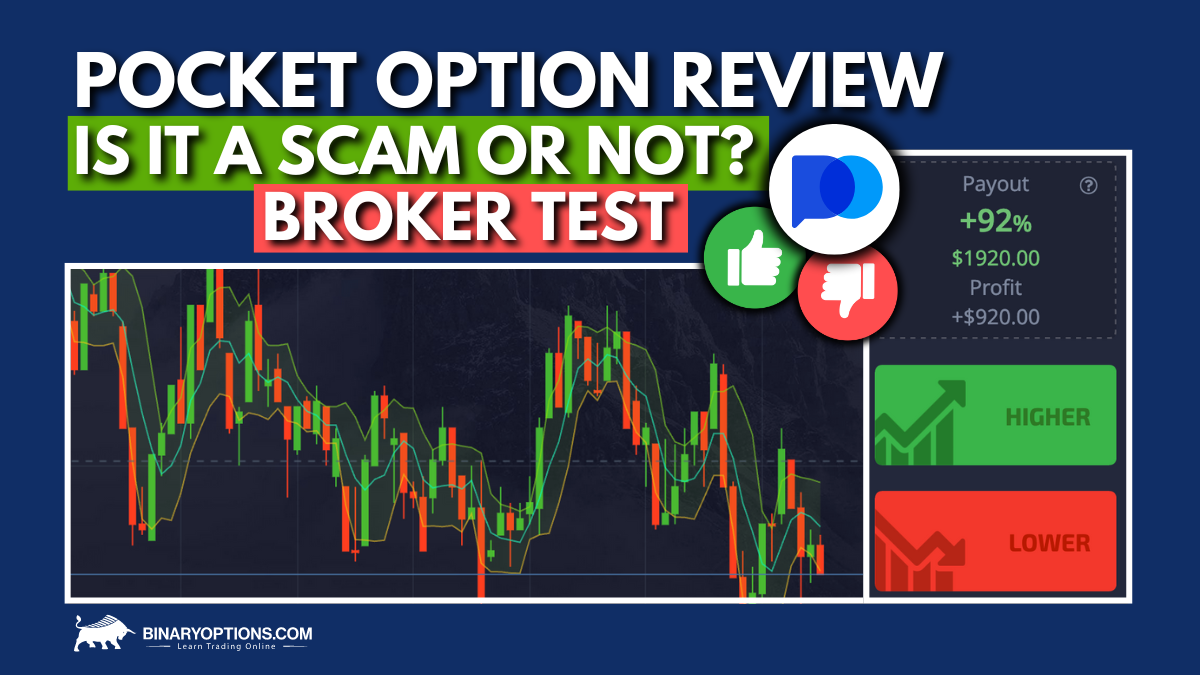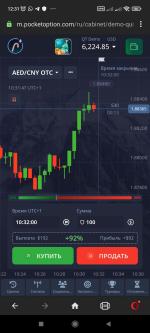
Pocket Option Chart Setup and Analyses 18

Pocket Option Chart Setup and Analyses
Understanding how to effectively utilize charts plays a pivotal role in successful trading. In the realm of binary options trading, where Pocket Option stands out as a preferred broker, mastering chart setups and analyses can distinguish a thriving trader from a struggling one. As we dive into this topic, we will cover various aspects of chart setup and analysis, providing insights and strategies that can enhance your trading skills. For more detailed guidance, you can refer to Pocket Option Chart Setup and Analyses Pocket Option Настройка и аназиз графиков.
1. Understanding Pocket Option’s Chart Interface
The first step in mastering chart setup is understanding the interface that Pocket Option offers. The platform provides a user-friendly interface where traders can access various types of charts. Familiarize yourself with the elements visible on the chart, such as candlesticks, trendlines, indicators, and timeframes. Understanding each component will help you make informed decisions based on the data presented.
2. Types of Charts and Their Uses
Pocket Option allows traders to choose from several types of charts, including line charts, bar charts, and candlestick charts. Each type has its unique advantages:
- Line Charts: These charts provide a simple representation of price movements over time. They are most useful for identifying trends and general price direction.
- Bar Charts: These charts offer more detail than line charts, showing opening, closing, high, and low prices within a specific timeframe. They are beneficial for traders who need more information for analysis.
- Candlestick Charts: These are the most popular among traders, as they provide comprehensive information regarding price movements at a glance. Each “candlestick” shows the opening, closing, high, and low prices, making them ideal for identifying market trends and reversals.

3. Setting Up Charts for Maximum Visibility
Once you have chosen your preferred chart type, configure the chart to maximize its effectiveness. Here are some tips:
- Adjust the timeframe according to your trading strategy. Shorter timeframes are suitable for day trading, while longer timeframes work well for swing trading.
- Add technical indicators such as Moving Averages (MA), Relative Strength Index (RSI), or Bollinger Bands to gain insights into market trends.
- Utilize drawing tools to mark significant support and resistance levels, which can aid in predicting price movements.
- Ensure that your chart layout is clean and uncluttered to facilitate better analysis.
4. Fundamental Analysis vs. Technical Analysis
In trading, analysis is key. As a trader on Pocket Option, you can leverage both fundamental and technical analysis. Fundamental analysis involves evaluating economic news and events that might influence market movements. For instance, major economic indicators, geopolitical events, or changes in monetary policy can have significant impacts.
On the other hand, technical analysis focuses solely on chart data to predict future price movements. By analyzing past price trends and patterns, traders can identify potential trading opportunities. Most successful traders combine both approaches for more comprehensive insights.
5. Popular Trading Strategies Using Chart Analyses
Now that you have your charts set up and understand the analysis approaches, it is essential to know some popular trading strategies. Here are a few:

- Trend Following: This strategy involves identifying an existing market trend (upward or downward) and trading according to its direction. Using moving averages can help confirm the trend.
- Breakout Trading: In this strategy, traders look for price levels that act as barriers (support and resistance levels) and look to enter trades when the price breaks through these levels.
- Reversal Trading: This strategy aims to identify potential reversal points in the market. Traders look for signs of weakening trends and enter trades in anticipation of a change in direction.
6. Risk Management: Protecting Your Capital
No matter how well you set up and analyze your charts, an integral part of trading is managing risk. Here are some fundamental risk management tips:
- Never risk more than a small percentage of your total trading capital on a single trade.
- Use stop-loss orders to automatically close positions when a trade goes against you, minimizing potential losses.
- Regularly review your trading performance to tweak strategies as necessary and learn from past mistakes.
7. Continuous Learning and Improvement
The trading landscape is ever-evolving, and as a trader on Pocket Option, staying updated is crucial. Engage in continuous learning by taking part in trading webinars, reading blogs, and following market news. Experiment with different strategies, and don’t hesitate to adapt your approach based on market conditions. By constantly refining your skills, you will not only enhance your chart analysis abilities but also boost your trading overall.
Conclusion
In conclusion, mastering Pocket Option chart setups and analyses is essential for any trader aiming to achieve success in the binary options market. By understanding the various types of charts, customizing them for maximum visibility, applying both fundamental and technical analyses, employing proper trading strategies, and managing risk effectively, you will enhance your trading performance significantly. Remember, practice makes perfect. As you gain experience, you’ll grow more confident in your analytical abilities and trading decisions. Happy trading!
